15 Ng. 100 Đ. Nguyễn Xiển, Thanh Xuân Nam, Thanh Xuân, Hà Nội 100000

Cycling from Vietnam to Laos is not just a ride—it’s an adventure. The border crossing by bicycle from Vietnam to Laos offers cyclists the chance to explore remote landscapes, interact with local communities, and experience two beautiful countries from a unique perspective. This journey will take you through lush forests, over rugged mountains, and into remote villages that are rarely visited by tourists.
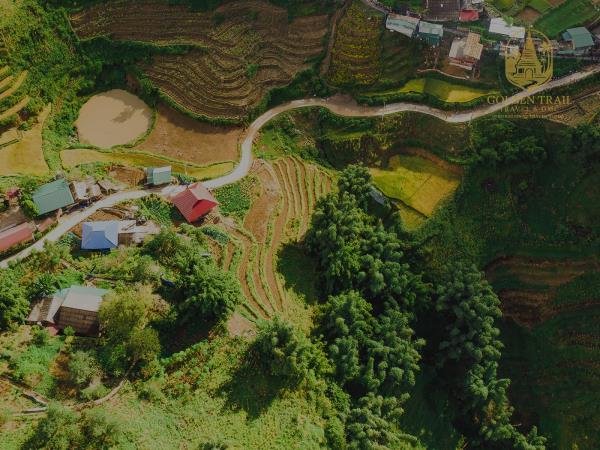
If you’re an adventurous soul looking to push your limits and explore Southeast Asia on two wheels, this is the journey for you. In this blog, we’ll guide you through the entire process of crossing the Vietnam-Laos border by bicycle, including tips, routes, and what to expect along the way.
Cycling through the Vietnam-Laos border offers a unique way to experience the natural beauty, culture, and history of both countries. Unlike typical tourist experiences, this journey takes you off the beaten path and immerses you in areas that are often missed by conventional travel.
One of the best aspects of crossing the border by bicycle is the opportunity to interact with local people. As you ride through rural villages, you’ll have the chance to meet indigenous communities, learn about their customs, and sample traditional food. The pace of cycling allows you to engage with locals in a way that traditional tourism doesn’t offer.
The landscapes you’ll encounter on this bike tour are unparalleled. From the mist-covered mountains of Vietnam’s north to the lush forests and rivers of Laos, the views are constantly changing and incredibly diverse. Whether you’re cycling through terraced rice fields, mountain passes, or along serene rivers, the journey offers a visual feast at every turn.
Crossing the border by bicycle is no small feat. The terrain is challenging, with steep mountain climbs, rough dirt roads, and unpredictable weather. However, these challenges add to the adventure and sense of achievement when you complete the journey. This is a perfect experience for cyclists looking to test their endurance and enjoy the rewards of overcoming tough conditions.
Cycling is one of the most eco-friendly ways to travel. By choosing a bike tour to cross the Vietnam-Laos border, you’re reducing your environmental footprint while also supporting local economies in rural areas. This form of tourism helps preserve the natural landscapes and promotes sustainable travel.
The border crossing by bicycle from Vietnam to Laos can be done in several ways, depending on the starting point, the difficulty level, and the type of scenery you prefer. Here are a few recommended routes:
Start your journey in Hanoi, the bustling capital of Vietnam. Spend the day exploring the Old Quarter, taking in the culture, and sampling delicious street food before setting off on your bike. The route from Hanoi to Lao Cai takes you through the scenic Red River Delta, offering views of lush rice fields, tranquil rivers, and rural villages. This section of the journey is relatively flat, providing a gentle start before tackling more difficult terrain.
Once you reach Lao Cai, you’ll continue your ride towards Sapa, a town known for its stunning rice terraces and rich ethnic diversity. The road from Lao Cai to Sapa is steep and winding, making it a challenging section for cyclists. But the views of terraced rice fields, mist-covered mountains, and traditional villages make it one of the most scenic parts of the journey.
From Sapa, continue cycling towards Dien Bien Phu, a historical town that played a crucial role in the Vietnam War. The route to Dien Bien Phu takes you through more rugged terrain, with steep climbs and descents, but it offers a chance to explore remote areas of Vietnam that are rarely seen by tourists. In Dien Bien Phu, you can visit war sites and reflect on the region's history before continuing your journey into Laos.
The Nam Soi border crossing is one of the less-traveled entry points between Vietnam and Laos. As you approach the border, you’ll notice the landscape changing from Vietnam’s dense forests and mountains to Laos’ more serene and open terrain. The border crossing is relatively straightforward, but make sure to have the necessary documents, such as a valid passport and visa, before you arrive.
Once you’ve crossed into Laos, the route from Luang Prabang to Vientiane is an incredible experience. The roads are less trafficked, and the landscape is dominated by rolling hills, rivers, and small villages. This journey offers the opportunity to see traditional Lao life, with stops at temples, markets, and local shops along the way. The route is mostly flat but features some gradual climbs, providing a nice balance for cyclists.
The terrain along the Vietnam-Laos border is varied, ranging from flat roads to steep mountain climbs. The roads can be unpaved and rough, especially in remote areas. The Hoang Lien Son Mountains in northern Vietnam and the highland regions of Laos present the most challenging sections of the journey. Be prepared for long, uphill rides, and make sure your bike is suited for rough terrain.
The weather can be unpredictable. Northern Vietnam and Laos can experience cool temperatures in the mountains, while the lowlands and southern regions are typically hot and humid. It’s best to travel during the dry season, from November to April, when the weather is cooler and more favorable for cycling. Be prepared for sudden rain showers and carry appropriate gear for both warm and cool conditions.
During your journey, you’ll pass through both urban and rural areas, where accommodation options range from guesthouses in cities to basic homestays in rural villages. Golden Trail Travel ensures that all accommodation is comfortable and strategically located. Support vehicles are available on many tours, providing luggage transport and emergency backup if needed.
Given the challenging terrain of the Vietnam-Laos border route, it’s essential to have a sturdy, reliable bike. Mountain bikes or touring bikes are best for this kind of journey, as they’re built for rough roads and steep climbs.
Pack light but bring the essentials: cycling gear, sunscreen, a water bottle, spare parts for your bike, and a first-aid kit. Since the weather can vary greatly, be sure to bring layers, rain gear, and sturdy shoes for hiking when you reach more rugged areas.
The border crossing will require physical stamina, as the route can be demanding. Make sure to train in advance, focusing on long-distance cycling and hill climbs to prepare your body for the journey.
For a seamless experience, consider booking a guided bike tour with Golden Trail Travel. Their experts provide route planning, bike rentals, accommodation arrangements, and 24/7 support during the journey. Whether you’re cycling solo or in a group, Golden Trail Travel ensures that your journey is comfortable, safe, and unforgettable.
For more information and to book your border crossing by bicycle from Vietnam to Laos, visit Golden Trail Travel.
The border crossing by bicycle can be quite challenging due to the steep mountain climbs, rough roads, and unpredictable weather. It’s best suited for cyclists with an intermediate to advanced fitness level.
The journey from Hanoi to Vientiane typically takes 7 to 14 days, depending on your route and the pace at which you cycle. Golden Trail Travel offers customized itineraries based on your preferences.
A mountain bike or touring bike is recommended for this tour, as these bikes are designed to handle rough and unpaved roads.
You will need a valid passport and a visa for Laos. Make sure to check the visa requirements before your trip.
You can choose to do a self-guided tour with Golden Trail Travel, where you’ll receive all the necessary maps, accommodations, and support.
"The journey from Hanoi to Vientiane was challenging but so rewarding. The views were breathtaking, and we felt completely supported by Golden Trail Travel every step of the way. Highly recommend!"
"Cycling through Sapa to Dien Bien Phu was the highlight of our trip. Golden Trail Travel ensured everything was well-organized, and we had the best time meeting locals and experiencing the countryside."
.jpg)
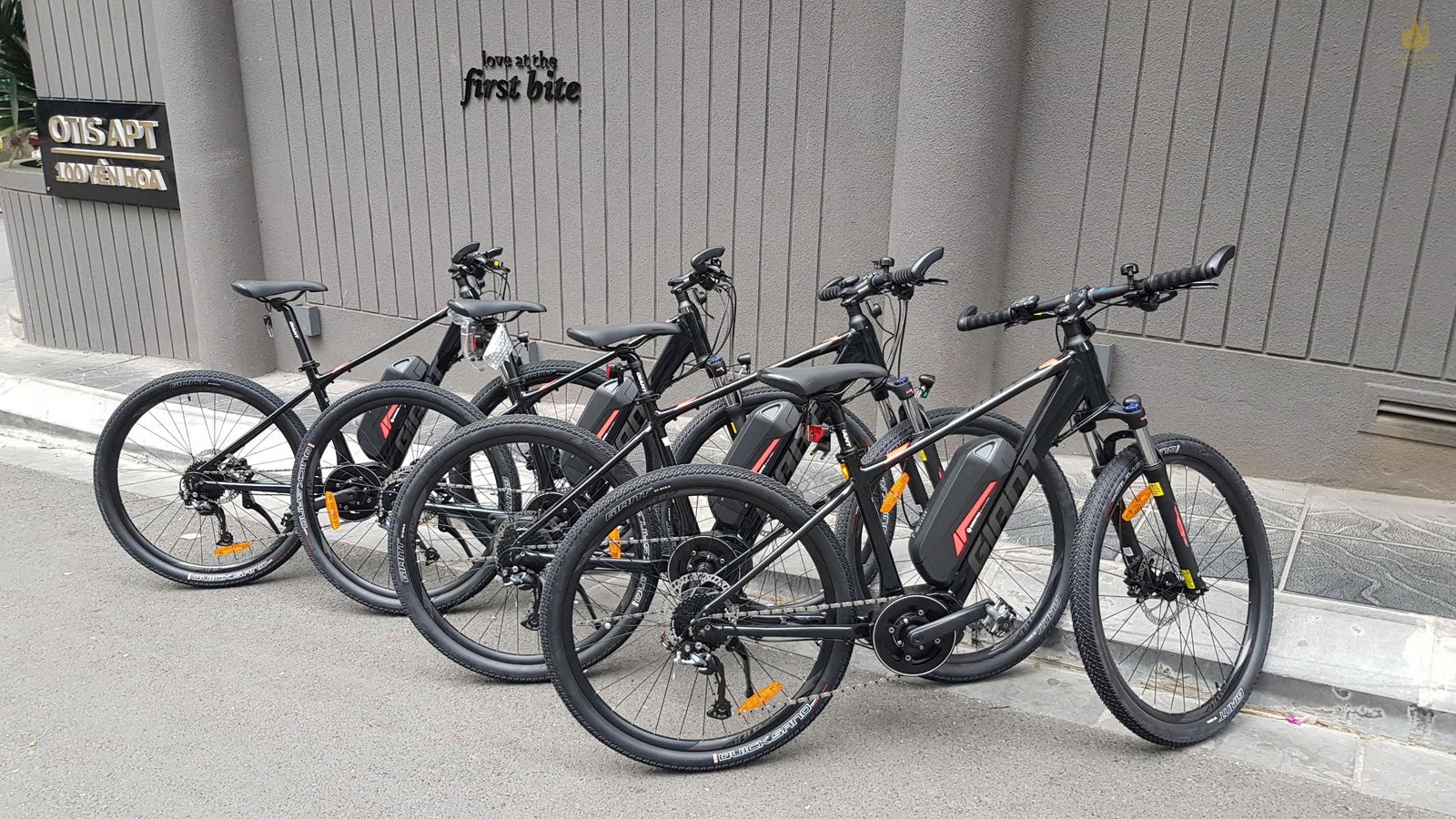
.jpg)
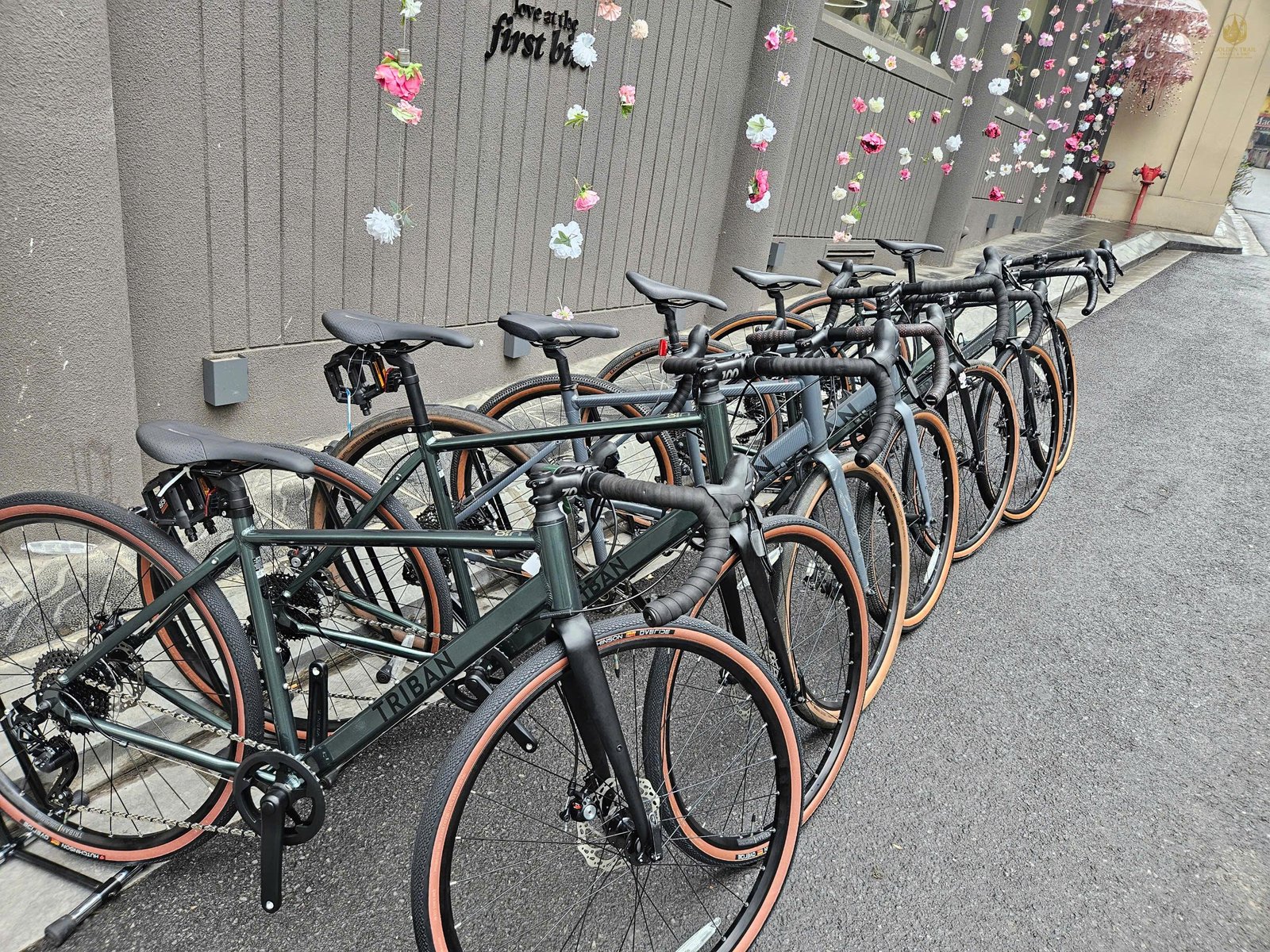

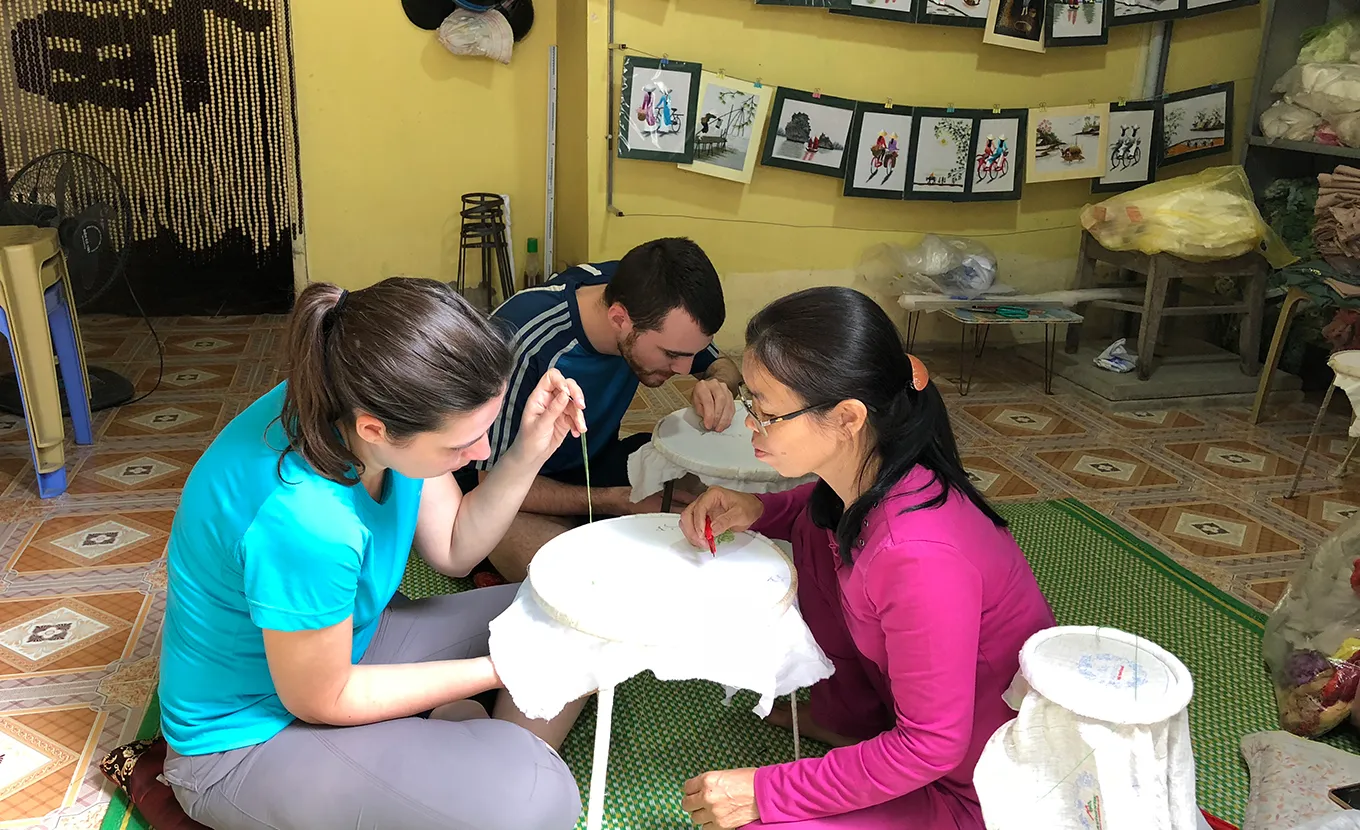
View more
10 Photos
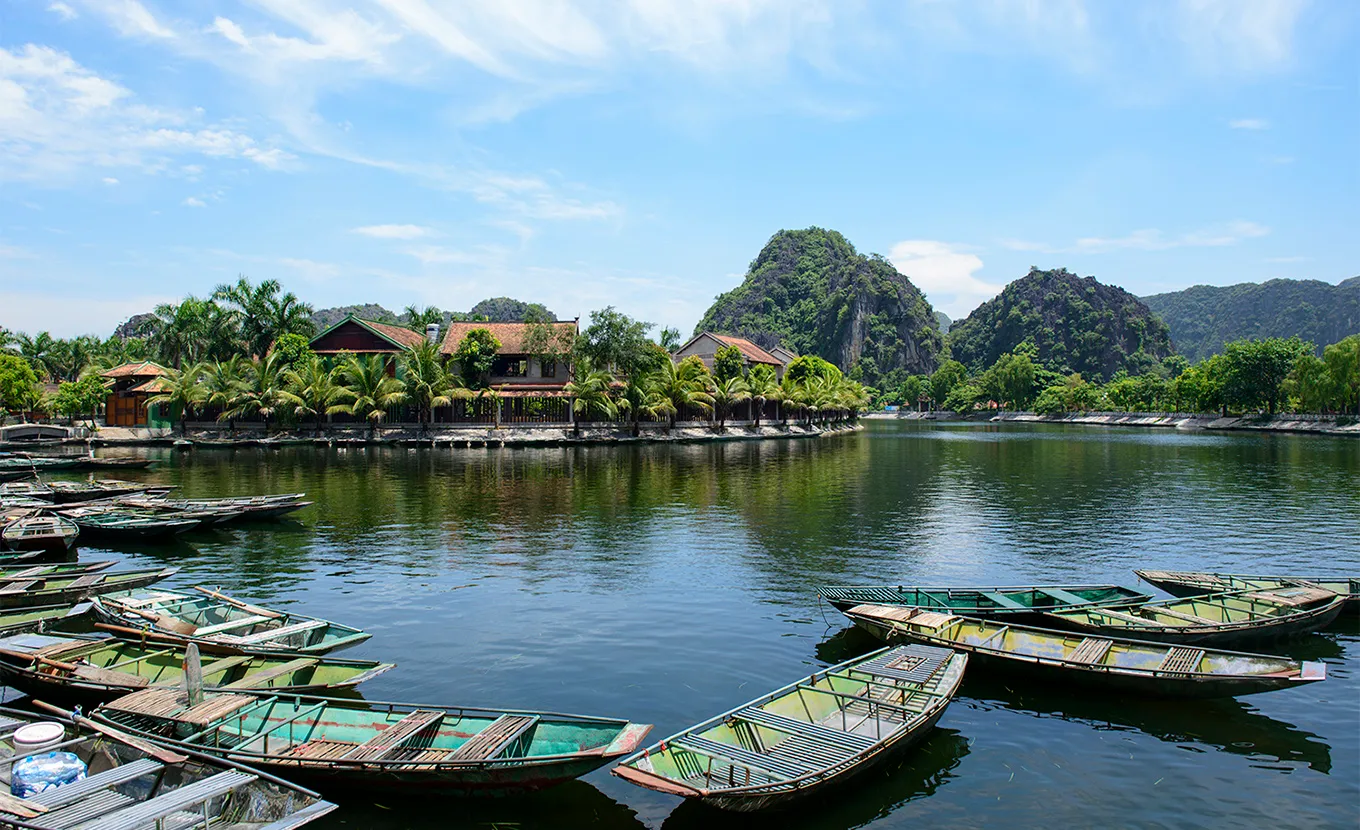
View more
13 Photos
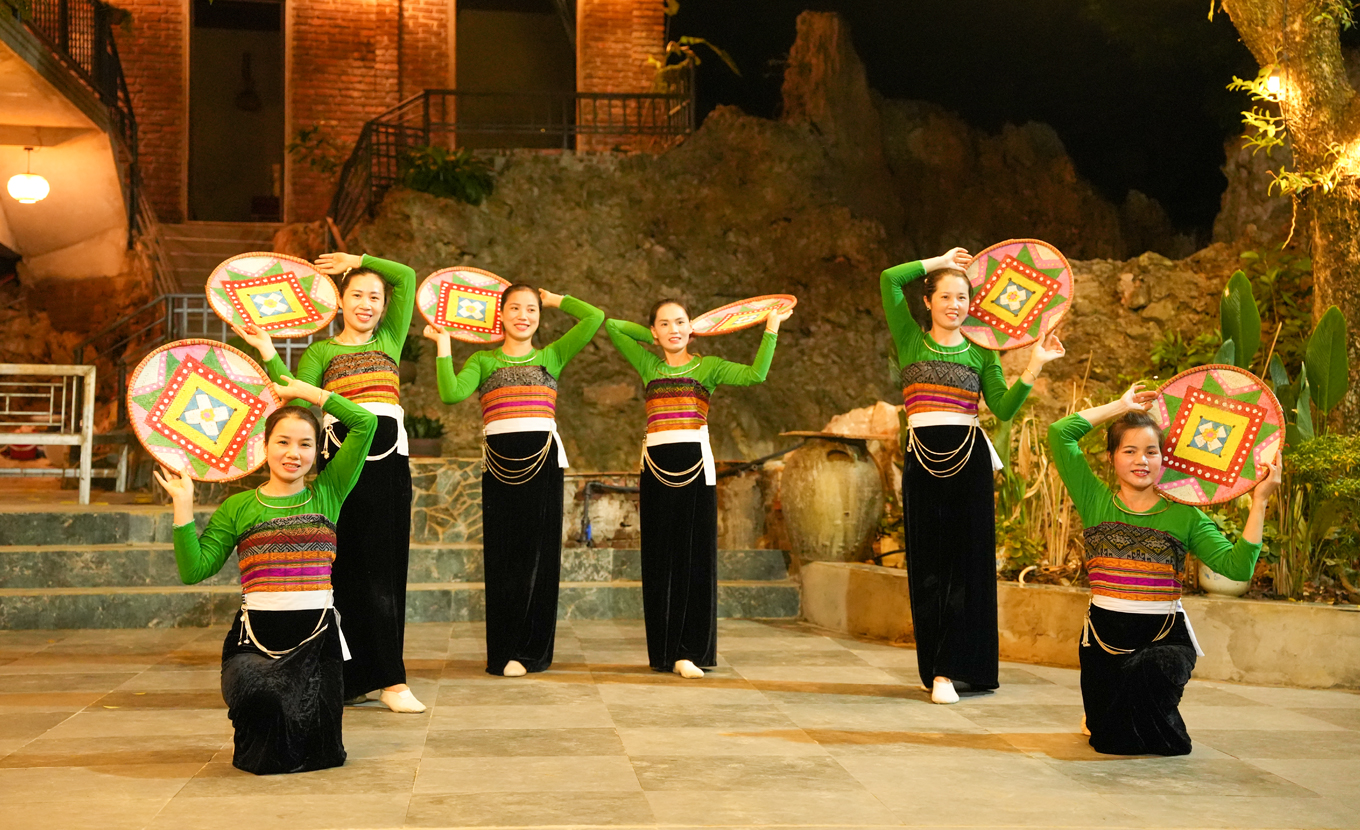
View more
11 Photos

View more
12 Photos
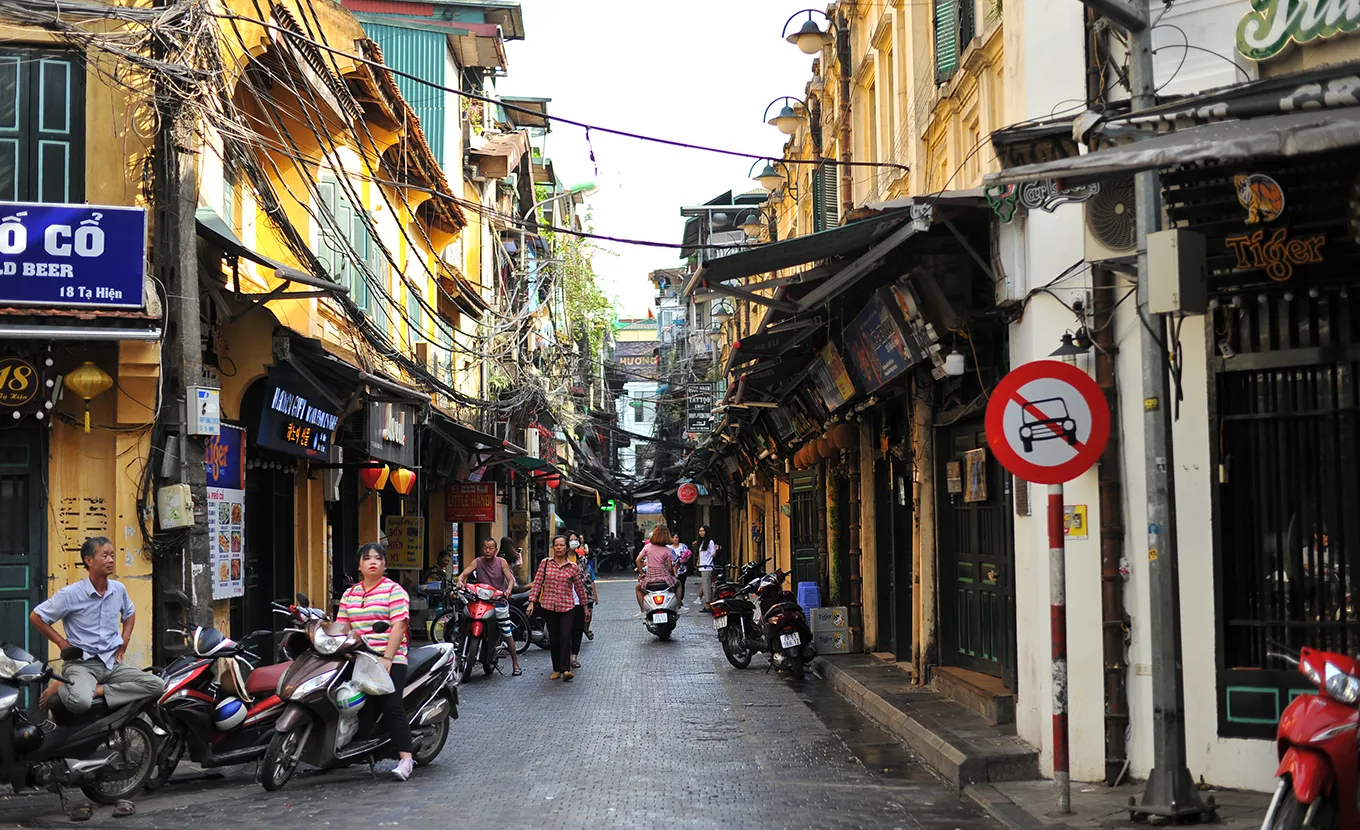
View more
12 Photos
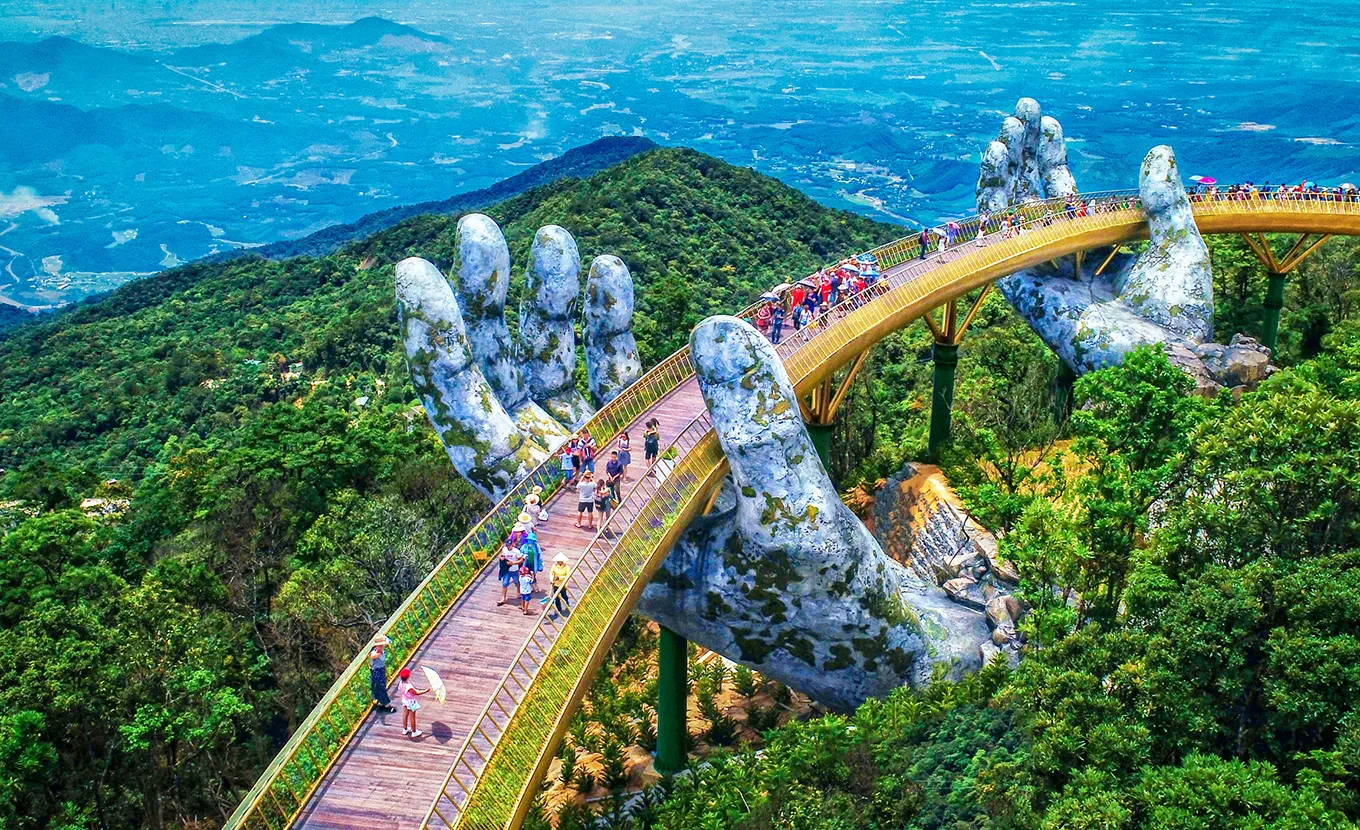
View more
10 Photos
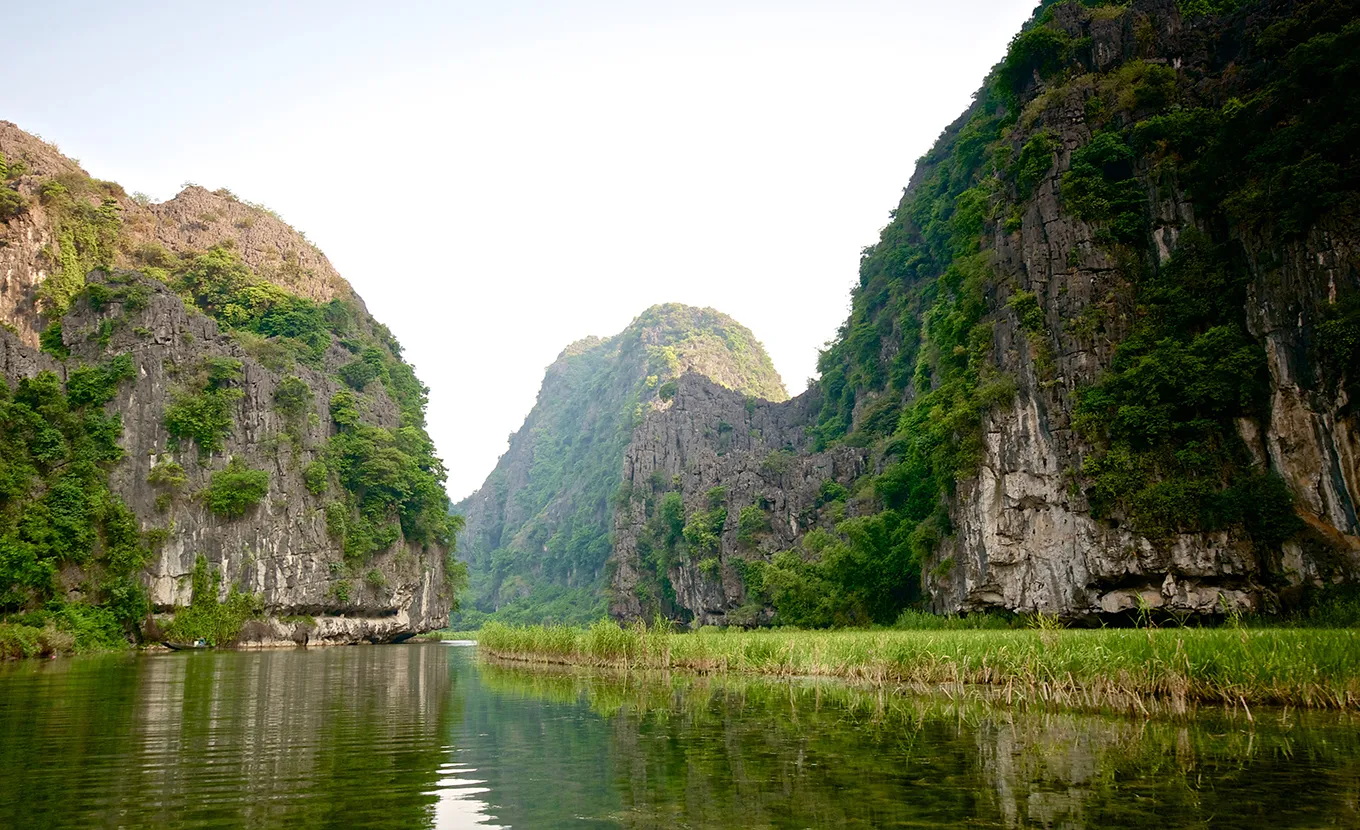
View more
10 Photos
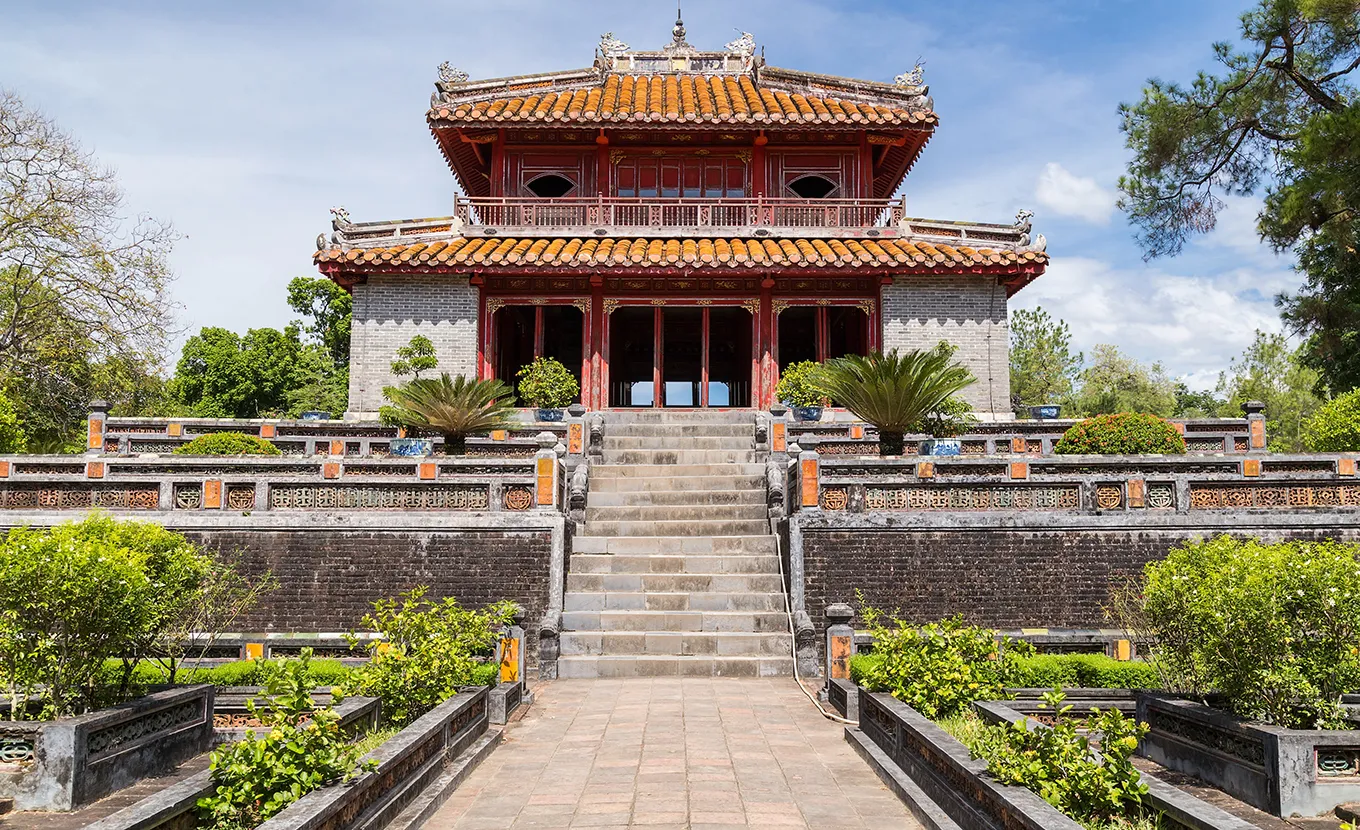
View more
11 Photos
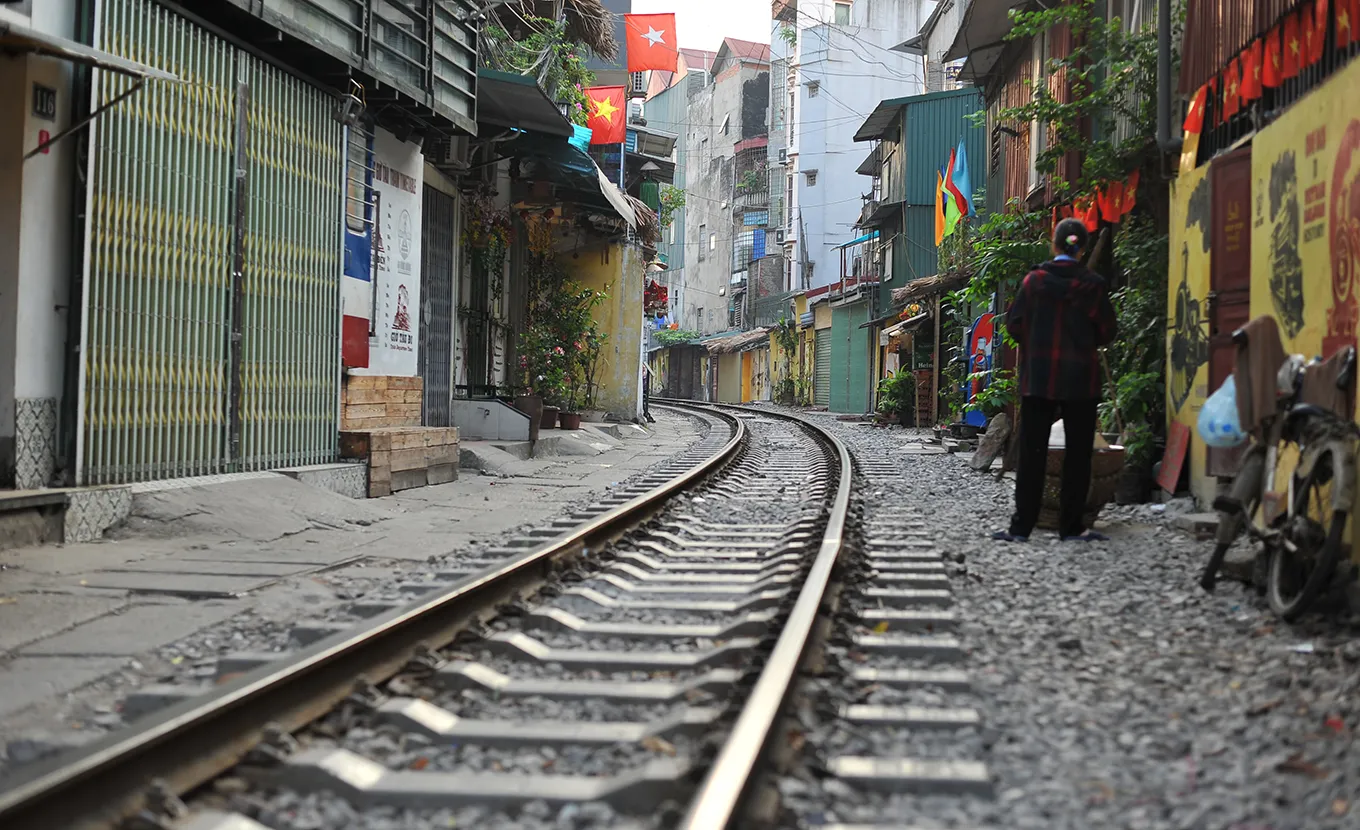
View more
12 Photos
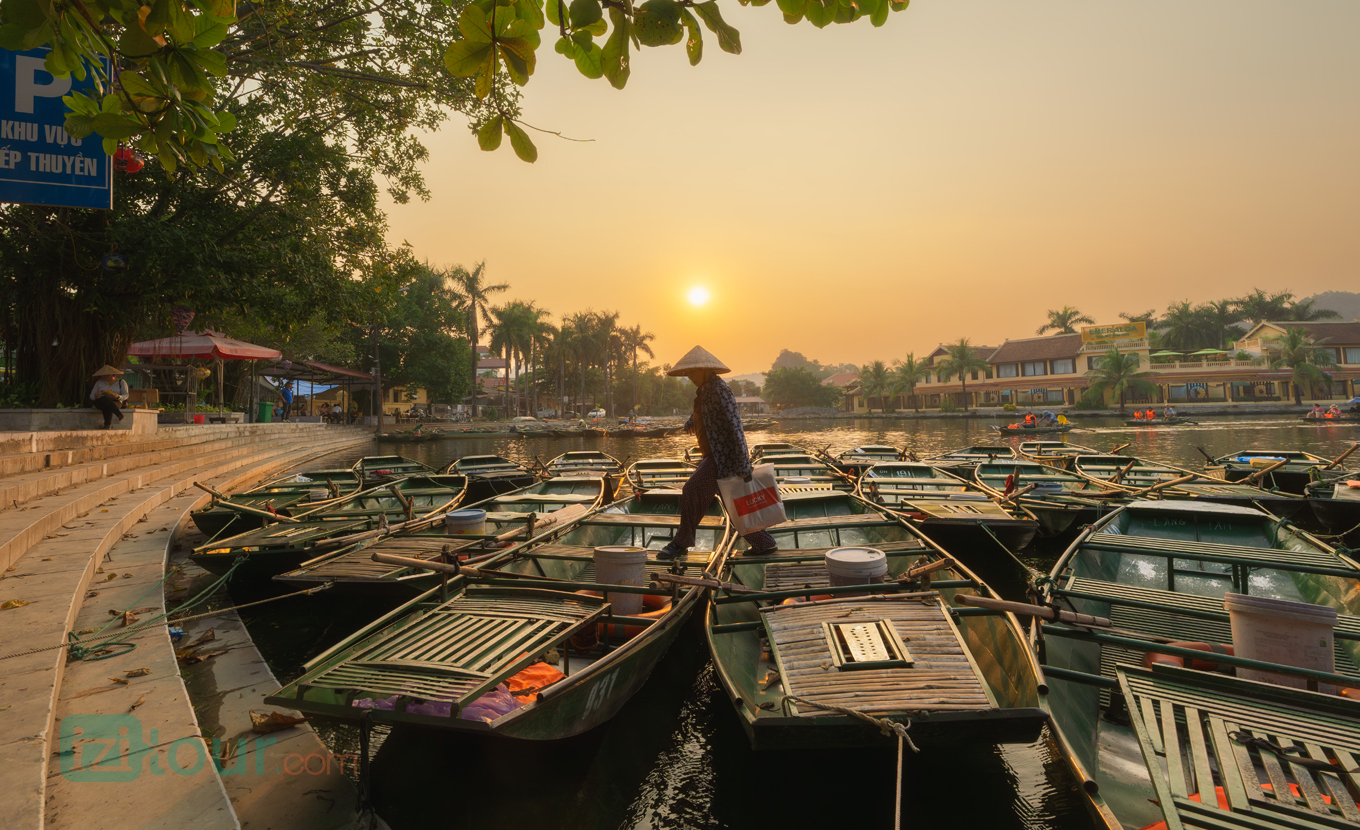
View more
11 Photos